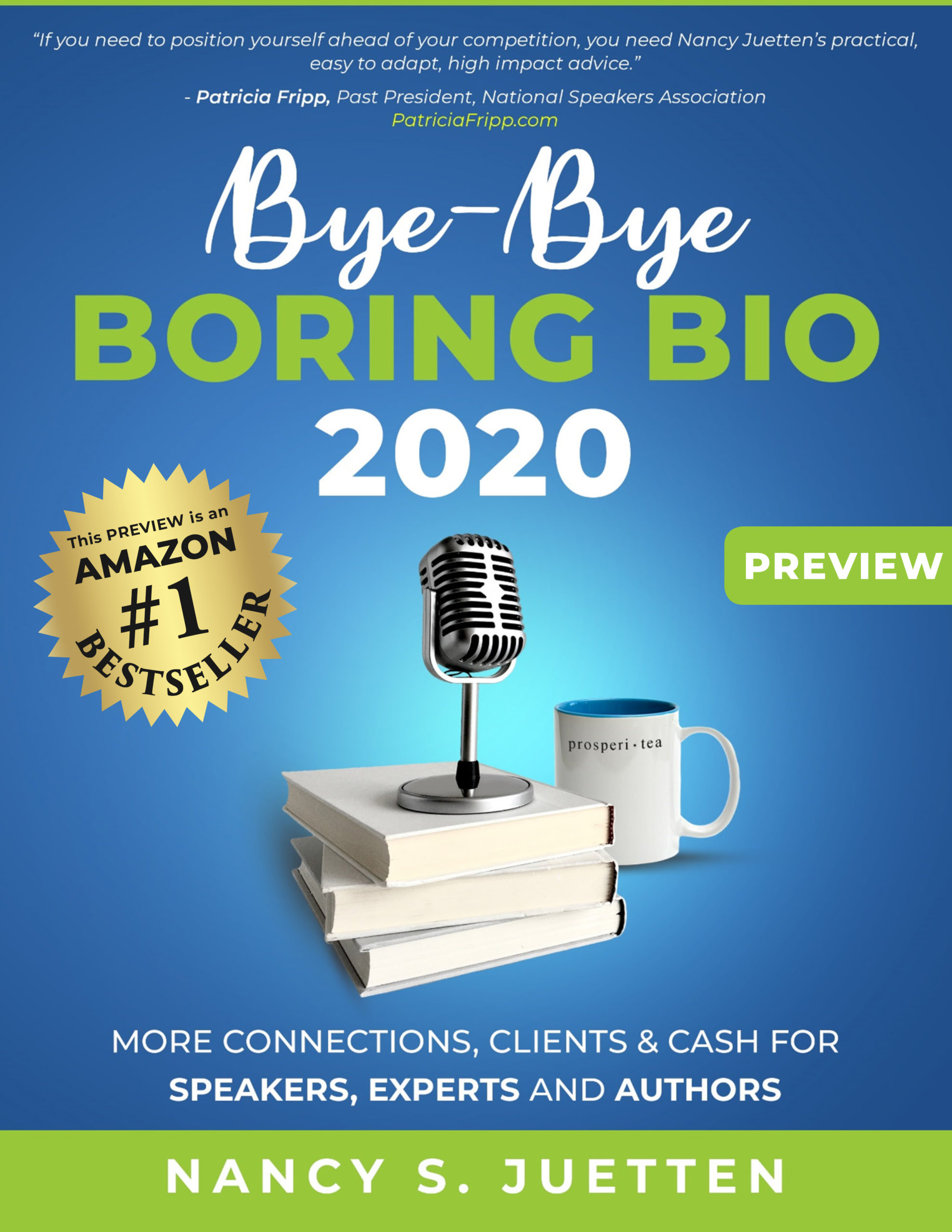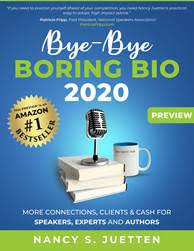In mid-February, I received a semi-urgent request from Dawn Klingensmith — a feature writer for a magazine called Job Week. I had served as an expert resource to her in the past, and she was tossing a “hail Mary” pass at the 11th hour to get my take on some of the blunders folks make with their online profiles.
I dropped everything to respond to her email and request to speak by phone because I just knew her story could reach far and wide and help a lot of people.
On March 31, the story ran in a wide range of media outlets, including The Oakland Tribune, the San Jose Mercury News, and online. I've been receiving cards and letters in the mail from folks who were happy to read the article and congratulate me on the good press. Dawn, if you are reading this blog post, thank you so much for reaching out to me, and let me know how I can help you going forward.
The bigger idea for you is how quickly can you respond in a very compelling manner to urgent reporter requests and be of service so YOU are the resource reporters come to again and again to benefit from YOUR commentary. Being ready for opportunity is an important ingredient, especially if sharing your message with a much wider audience of perfect people to benefit from your message in high priority.
If you'd like to read Dawn's article, here it is:
How to spice up an online profile and finally get noticed
By Dawn Klingensmith
A challenge to writing your bio is to determine what you have done with your skills and experience that sets you apart. Imagine if Batman had a LinkedIn profile. It would be impossible for him to have a boring bio. He has established a brilliant personal brand as the Caped Crusader, the Dark Knight and theWorld’s Greatest Detective, and a formidable list of accomplishments despite lacking a superpower.
ONCE YOU START considering your accomplishments, you may be able to distill them down to something akin to a superpower — or, at any rate, a special ability that sets you apart — and you can lead with that. While no one in business is as awesome as Batman, there’s no shortage of superstars whose boring bios diminish their marketability.
They may have saved six companies from bankruptcy, raised $ 10 million for a nonprofit agency or developed the product that a decade from now will drive Apple out of business, yet their bio won’t stand out from all the rest. That’s because professional bios tend to follow the same dull format: title and employer, expertise and experience, previous employment, education and training and maybe some personal tidbits.
Instead of taking that predictable route, “Wow readers from the start by highlighting something really fantastic and then work your way down, inverted- pyramid style,” suggests Endrea Kosven, founder and CEO of the Los Angeles- based marketing firm EDK & Company. Picture an upside- down pyramid, with the widest part at the top representing the most substantial information— something that makes people take notice— and the tapering lower part representing other relevant material in order of diminishing importance.
One way to approach bio writing is to list your skills and experience, as you would for a résumé, and then acknowledge that it’s possible that someone else, or several people, possess the same skills and background. So the challenge, Kosven says, is to determine what you have done with your skills and experience that sets you apart. In other words, what have you accomplished? Once you start considering your accomplishments, you may be able to distill them down to something akin to a superpower— or, at any rate, a special ability that sets you apart— and you can lead with that. Maybe it’s a sharp eye for how businesses get bogged down in inefficiencies, and how you consistently reduce their operating costs by 30 to 50 percent.
*** “Start with stunning results in specific terms,” says Nancy Juetten, whose “Get Known to Get Paid” mentoring program addresses the importance of business bios. As a whole, in succinct story form, an effective bio tells others “who we are and who we serve and what we do,” she says. To that end, “One of the most important elements is a headline,” which, on LinkedIn, comes up right alongside your name, Juetten says. “The headline helps busy people understand more quickly what you’re about.”
A simple descriptor or job title is sufficient, such as “customer service specialist” or “Boston- based certified financial planner.” “Content over cute is better, because you have to consider SEO,” or search engine optimization— how easily people can find you when searching the web, she says.
Clever, unconventional job titles are common in certain industries and “fun for personal branding,” says Juetten, “but it makes you hard to find.” People are likelier to type in “social media strategist” vs. “social media rock star.”
Keeping a goal in mind when writing the bio will help keep it focused and concise. What do you want to be known for? Make sure everything in the bio supports that goal, Juetten advises. Interview yourself. How did you get where you are? What are you known for professionally? What do coworkers or clients say about you? What are you praised for in performance reviews? What problems do others come to you for solutions? What have you done for past employers? What aspect of your work is most satisfying?
“Be crystal clear about results,” Juetten says. “No one’s looking for a bundle of credentials. They’re looking for someone who makes things happen.”
You can include some personal information to spice things up and set yourself apart. On her website’s “about” page, Juetten quotes the Fairy Godmother from Cinderella; mentions her cockapoo, Champ; and reveals she’s just under 6 feet tall in her bare feet. ( That’s almost as tall as Batman, who’s pegged at 6 feet 2 in the DC Comics Encyclopedia.)
Avoid words like world- renowned ( if you truly were, you wouldn’t need to say so) and award- winning ( just list any awards that are sure to impress), and don’t start every sentence with “I.” Don’t just write your bio and forget it. Update it as necessary to reflect current accomplishments, Juetten says.
When a bio is accompanied by a photo, the image should be appropriate for the platform and audience. For LinkedIn, use a professional headshot and dress as you would for an interview, Kosven says. Twitter photos can be more casual and reflective of your personality.


